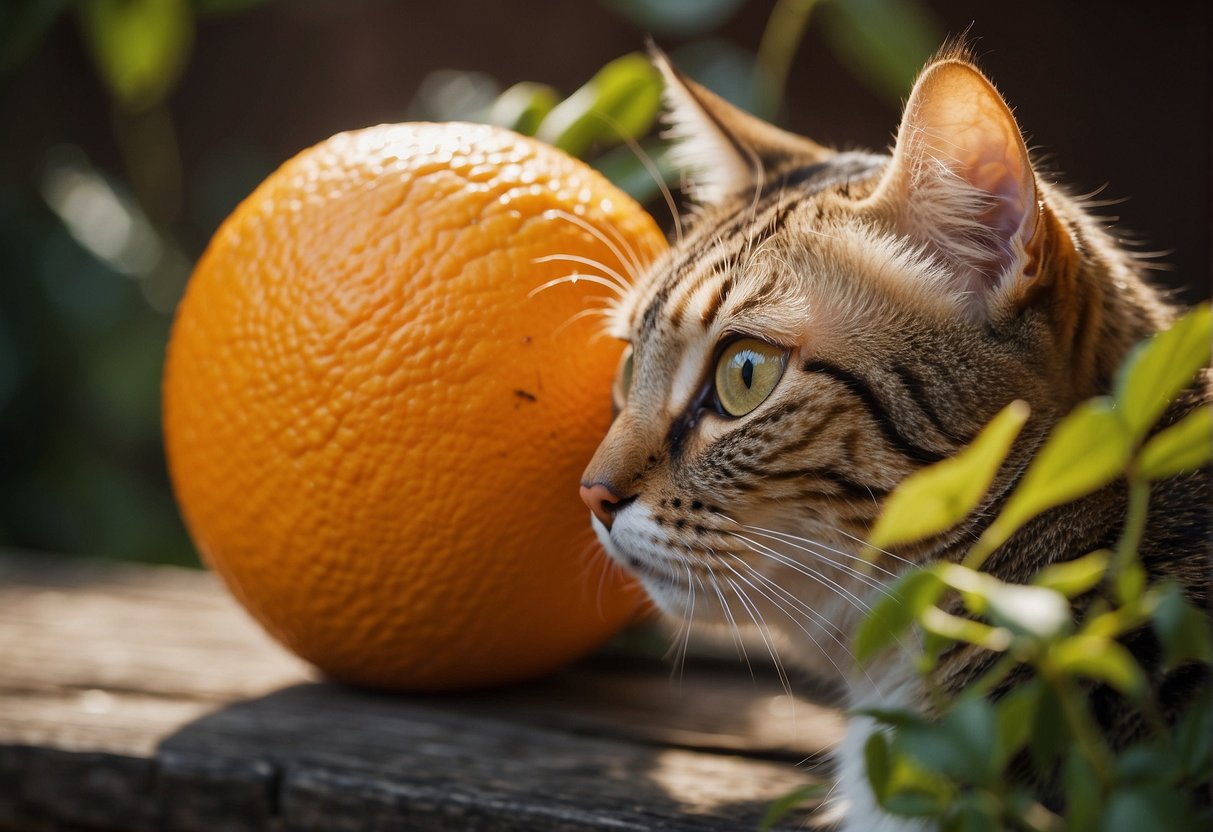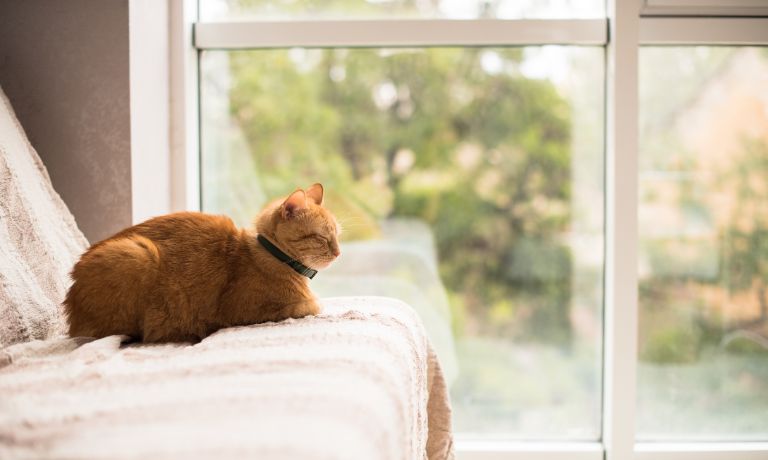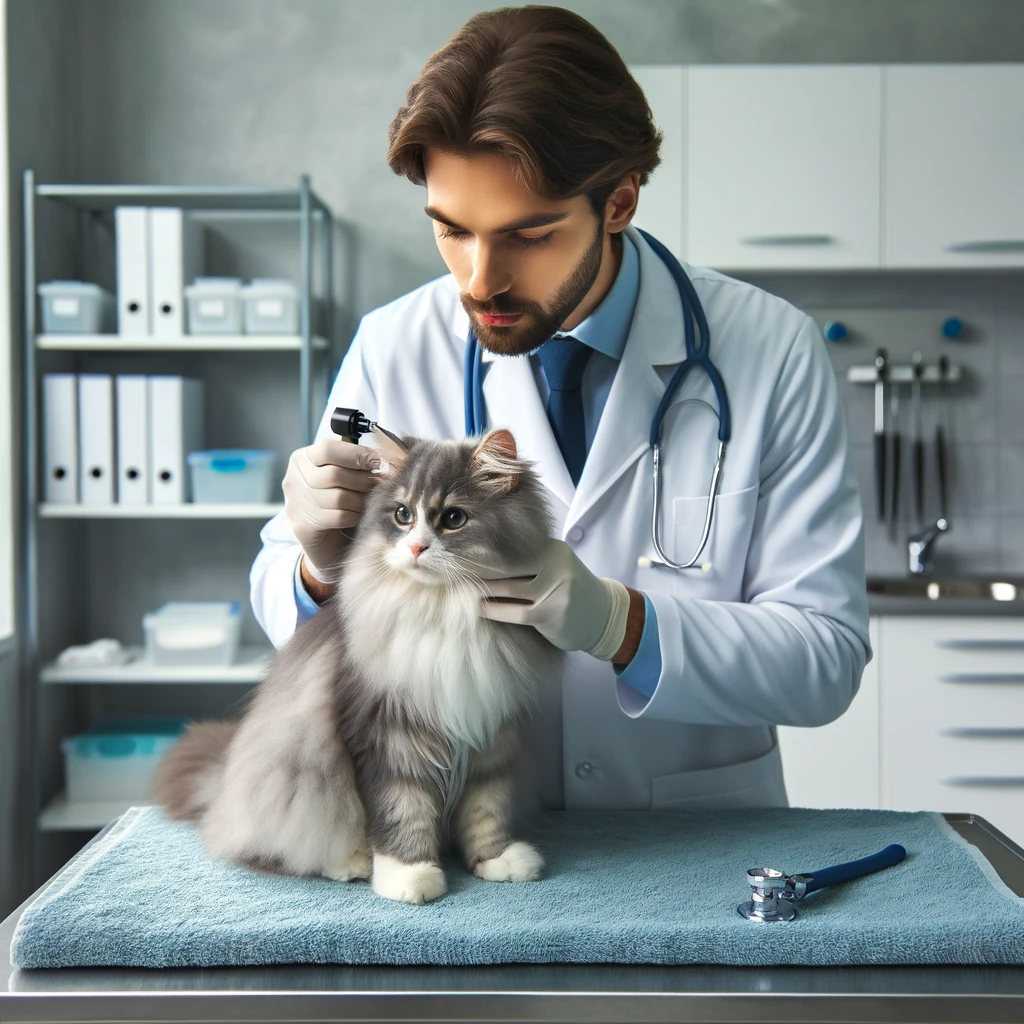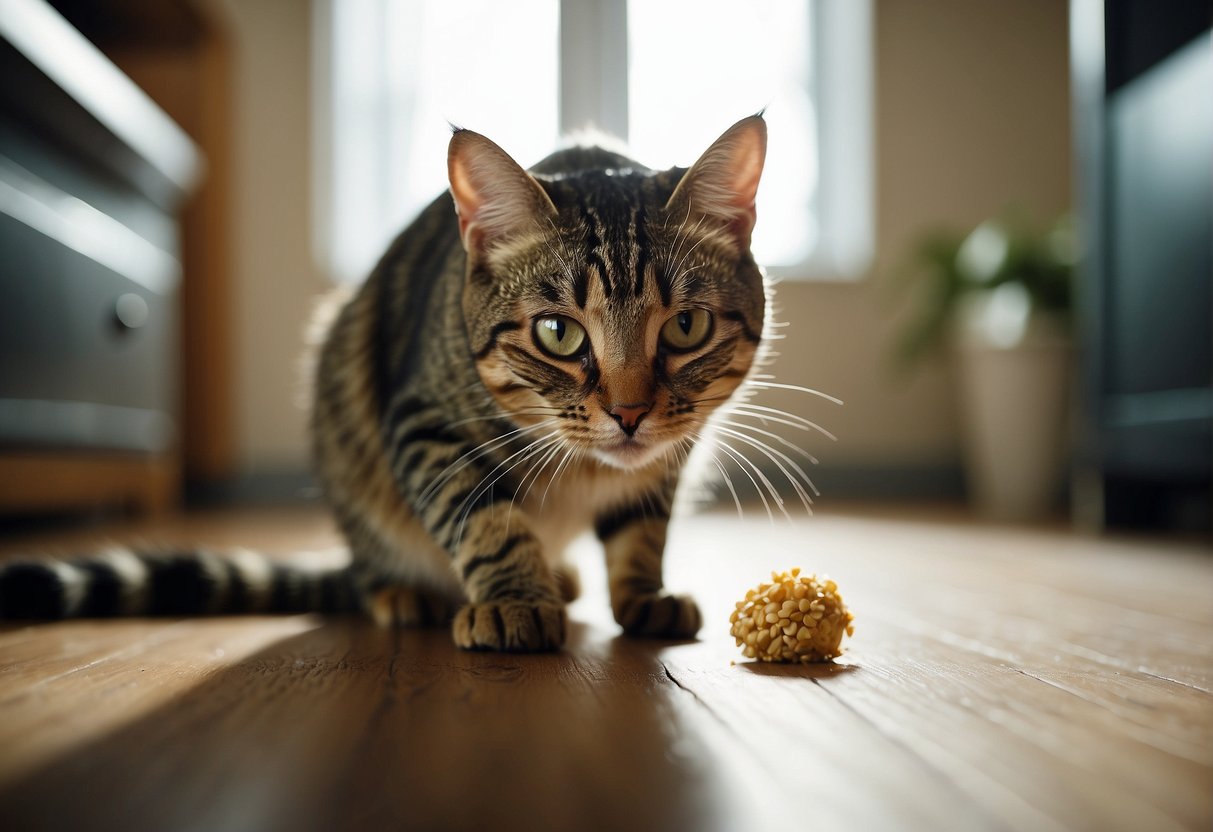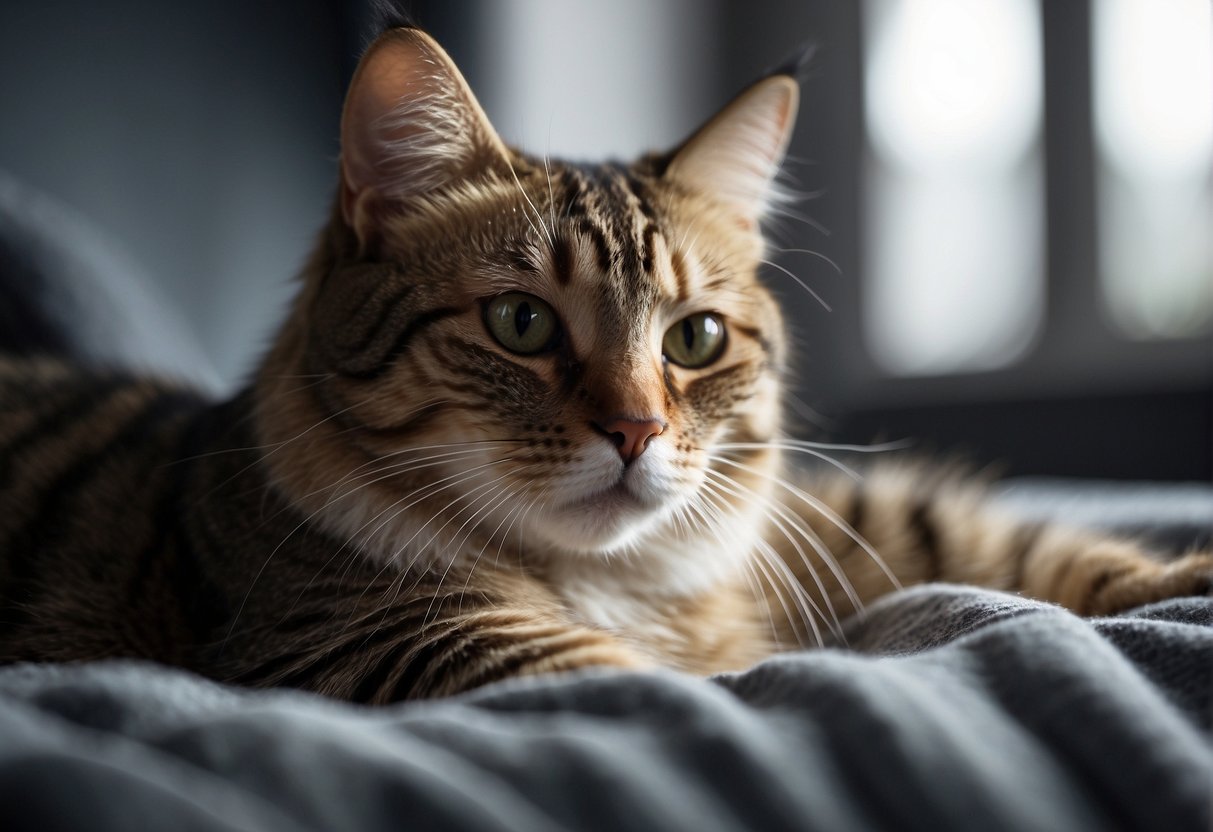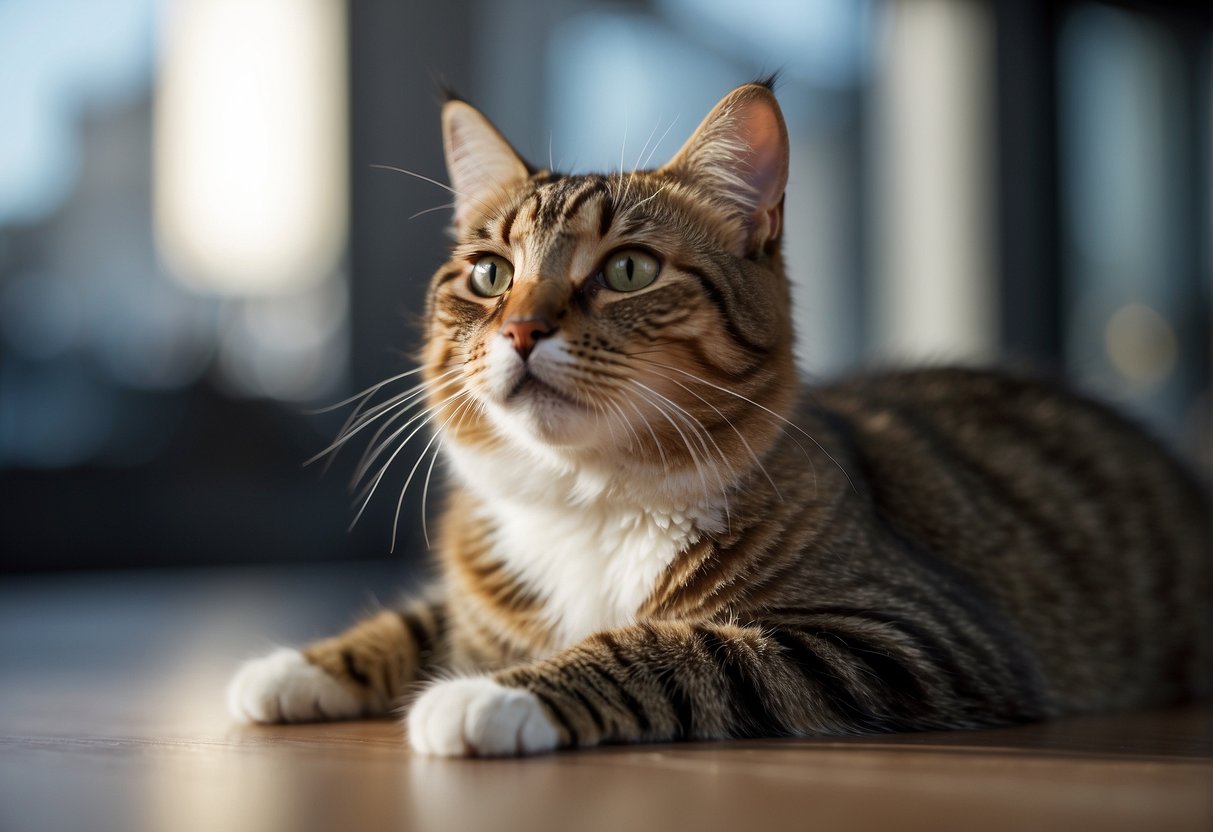When contemplating the safety of various foods for pets, cat owners may wonder about the risks associated with feeding their feline friends oranges. Oranges are a popular fruit known for their vitamin C content and refreshing taste, but for cats, the appeal and effects of this citrus fruit are quite different. While the flesh of an orange is not considered highly toxic to cats, it's important to understand the potential health effects that can arise from feeding oranges to them.
New pets come with new responsibilities. Before bringing home a new cat, ensure your home is safe for an inquisitive furry friend. Though a senior cat may not be as quick to cause mischief in your house as a kitten, you still need to make changes to prepare your space before bringing them home. Here’s how to cat-proof your home before bringing home a senior cat.
Ear infections in cats can be a significant concern for pet owners, often leading to discomfort and distress for our feline friends. Understanding the proper approach to treating these infections, recognizing symptoms, and knowing when to consult your veterinarian are crucial steps in ensuring your cat's health and well-being.
When your cat throws up food, it can be a source of concern for you as a pet parent, prompting questions about your cat's health and well-being. While occasional vomiting might not indicate a serious problem, frequent or chronic vomiting requires attention. It's essential to distinguish between a simple upset stomach and more severe conditions that could be underlying causes for concern.
Maintaining the health of your cat's ears is an essential component of their overall well-being. Ear cleaning, when done correctly, helps to prevent a host of potential health issues, such as infections or mite infestations. You should regularly inspect your cat’s ears and look for signs of dirt, wax buildup, or any indicators of discomfort, which may suggest the need for cleaning. Becoming familiar with the normal look and smell of your cat's ears will enable you to quickly recognize when something is amiss.
Heavy breathing in cats can be a sign of something as simple as recent play or as serious as medical distress. Understanding the distinction is crucial for the well-being of your feline friend. When you notice your cat exhibiting heavier than normal breathing, it's important to observe their behavior and the context. If their breathing pattern seems labored without an obvious cause like exercise, it may be an indication of an underlying health issue that requires attention.



